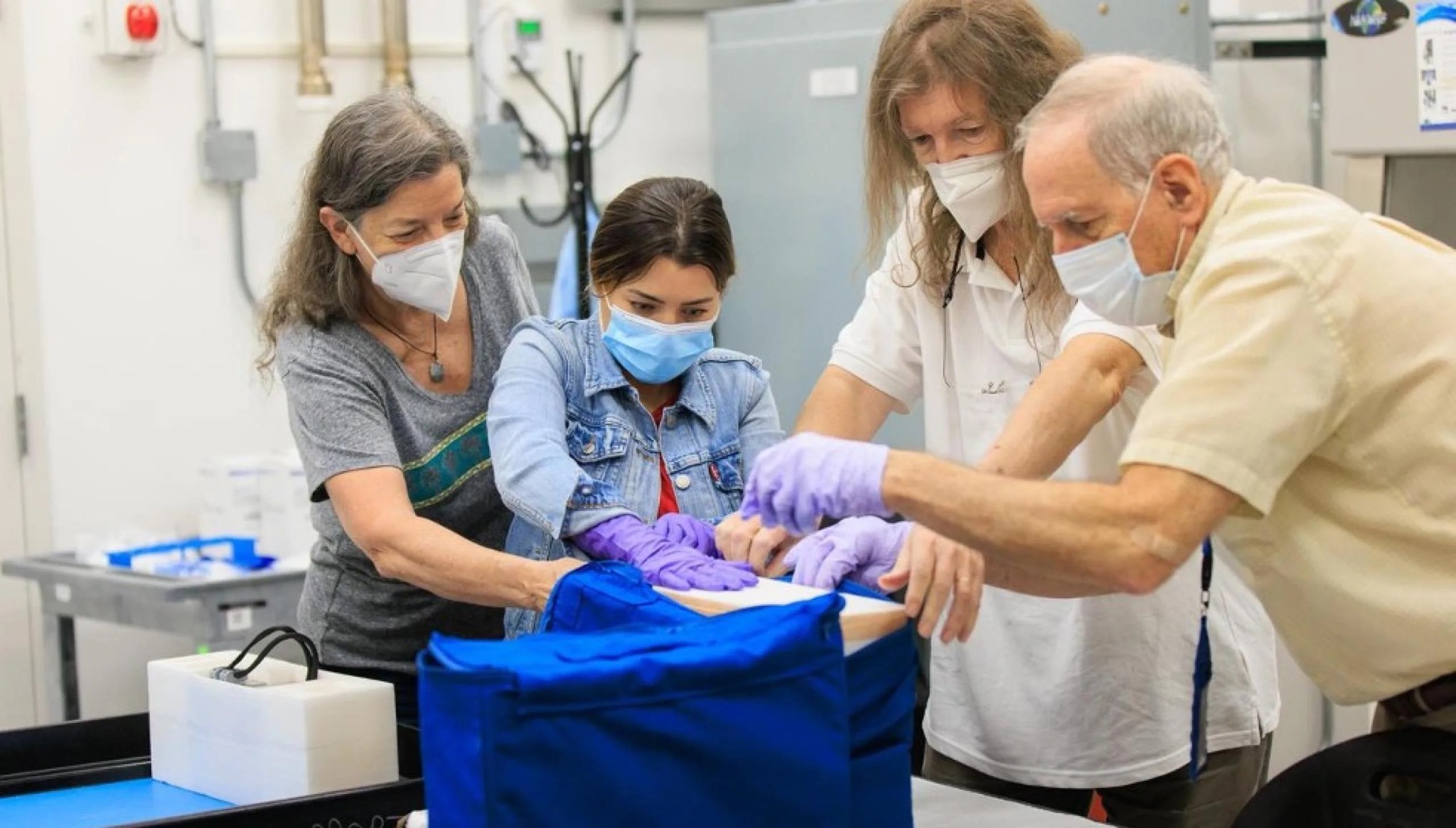Why is NASA studying fungi?
How this model organism could help astronauts go farther and stay longer in space.
Experimenting in Deep Space
To lead the way for sustained space exploration and — eventually — for humans to thrive in deep space, NASA must learn how biological and physical phenomena respond to variables that are different from here on Earth, including microgravity, ionizing radiation, and altered atmosphere. One way to do this is by using organisms that possess properties similar to humans, such as fungi.
The Biological and Physical Sciences (BPS) Division at NASA conducted four investigations, collectively known as Biological Experiment 01 (BioExpt-01), using model organisms aboard the Artemis I mission, an uncrewed test flight sent around the Moon and back. Here’s why fungi was among the four “passengers”…
Lessons to be Learned from Fungi
There are three main reasons fungi was included. First, researchers can test how fungi is impacted by the high levels of radiation experienced during space exploration. Understanding how radiation affects microorganisms like fungi can allow researchers to find new strategies or medicines to prevent astronauts from radiation harm.
Second, researchers want to develop new biomaterials to make a protective coating for spacecrafts and the electronic equipment used in space. Understanding how fungi responds to radiation will aid in the development of this protective layer.
Third, researchers want to learn how fungi can be used in space biomanufacturing. Fungi could help eventually produce biomaterials, medicine, and even food used to sustain life on other planets. The ability to “make, not take” certain supplies eliminates the need to transport them from Earth, saving costs.
Why fungi?
Fungi have a natural ability to survive and grow in extreme conditions. Fungi are one of the first organisms to thrive in environments on Earth that experience nuclear activity and, therefore, high levels of radiation.
Researchers are particularly interested in observing the importance of fungi’s natural protective qualities, such as DNA repair and melanin synthesis. How DNA repairs itself after damage caused by radiation can affect the adaption and survival of an organism. Melanin, a pigment occurring in the hair, skin, and iris of the eye that helps block damaging ultraviolet rays, could also be key to surviving in harsh environments outside of Earth.
These findings about the impact of radiation and the effectiveness of fungi’s natural protective qualities can be applied to humans, helping to protect astronauts as they explore and establish a sustainable presence in space —during future Artemis II and Artemis III missions.





























